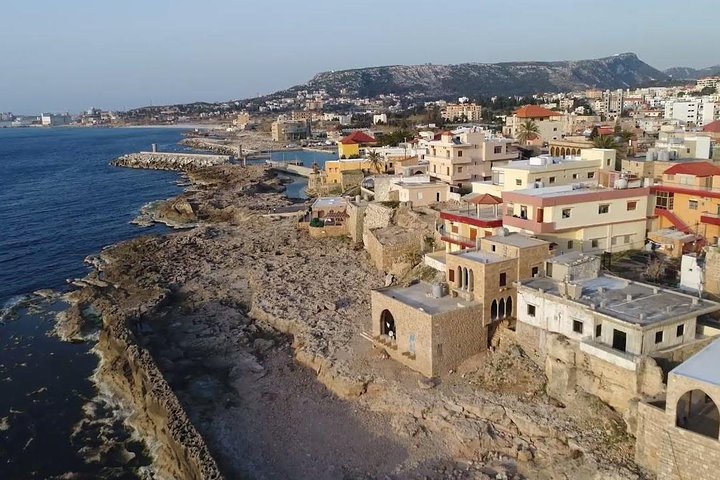Exploring the Spiritual Tapestry of Tripoli: A Journey Through Time
Drawn by the allure of Tripoli’s rich history and cultural significance, I embarked on a journey to explore Lebanon’s second-largest city. Join me as I delve into the spiritual and historical tapestry of this fascinating destination.
A City of Contrasts: Tripoli’s Historical Tapestry
As I embarked on my journey to Tripoli, Lebanon’s second-largest city, I was filled with anticipation. Known for its rich history and cultural significance, Tripoli promised a tapestry of experiences that would resonate deeply with my passion for Middle Eastern history and spirituality. The city, named by the Greeks for its connection to three ancient Phoenician city-states, is a living testament to the layers of civilizations that have left their mark here.
Our first stop was the Citadel of Saint Gilles, a formidable fortress perched on a hilltop. As I stood within its ancient walls, I could almost hear the echoes of the past—the clashing of swords, the fervent prayers of Crusaders, and the whispers of Mamluk rulers. The citadel, named after Raymond de Saint-Gilles, a leader of the First Crusade, is a symbol of the city’s tumultuous history. It was a humbling experience to walk through its corridors, feeling the weight of history and the spiritual energy that seemed to linger in the air.
The journey continued to the Al Mansouri Mosque, a magnificent structure that stands as a testament to the Mamluk architectural style. Built by Sultan Al-Mansur Qalawun, the mosque’s serene ambiance invited reflection and prayer. As I wandered through its halls, I was reminded of the profound spiritual connections that places of worship foster, transcending time and culture. The mosque, built on the remains of a Crusader church, is a poignant reminder of the city’s layered history and the enduring power of faith.
The Soul of Tripoli: Souks and Hammams
Tripoli’s old souks are a vibrant tapestry of colors, sounds, and scents. As I meandered through Souk Al-Harajb and Khan Al-Khayyatin, I was transported back in time. The bustling markets, with their traditional shops and khans, offered a glimpse into the city’s rich mercantile past. Here, the art of knitting and the craft of soap-making are still alive, passed down through generations. The Tripoli Soap Factory, housed in a 17th-century khan, was a particular highlight. Watching the artisans at work, I was struck by the dedication and skill that goes into creating each bar of soap—a true labor of love.
The hammams of Tripoli, with their Mamluk and Ottoman designs, are sanctuaries of relaxation and rejuvenation. At Hammam Al Jadid, the only functioning hammam in the city, I experienced the age-old tradition of communal bathing. The warm steam enveloped me, and as I lay back, I felt a deep sense of peace and connection to the countless souls who had sought solace here over the centuries. The Ezzeddine Hammam, with its intricate decoration and historical significance, further enriched my understanding of the cultural importance of these baths.
A Coastal Haven: The Beauty of El Mina
Our journey concluded at El Mina, Tripoli’s coastal gem. The sea port, with its picturesque corniche, offered a serene contrast to the bustling city. As I strolled along the waterfront, the gentle sea breeze carried with it a sense of tranquility and reflection. The corniche road, a popular spot for promenading, provided the perfect setting to contemplate the day’s experiences.
A boat trip to the nearby islands was a fitting end to the journey. As we sailed across the azure waters, I was reminded of the interconnectedness of all things—the land, the sea, and the people who call this place home. The beauty of El Mina lies not only in its natural splendor but also in its ability to inspire introspection and a deeper appreciation for the world around us.
Tripoli, with its rich history and vibrant culture, is a city that invites exploration and reflection. It is a place where the past and present coexist, offering a unique opportunity to connect with the spiritual and cultural heritage of the region. As I left the city, I carried with me a renewed sense of wonder and a deeper understanding of the enduring power of history and faith.






































